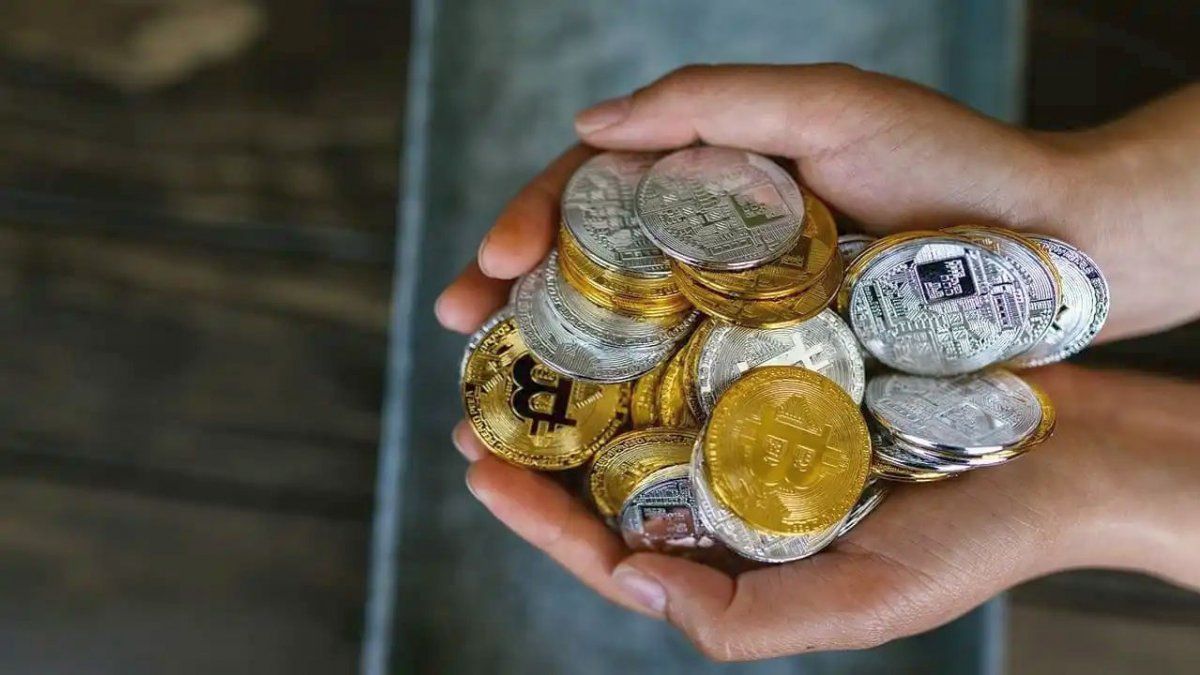The level of adoption in Argentina becomes more relevant if one takes into account that in the United States the adoption of cryptocurrencies was 16% of the population at the end of 2021 -according to data from the Pew Research Center- and that just a few years ago the technology blockchain and cryptocurrencies was completely unknown by the majority of the world’s population.
In Argentina there are currently a dozen cryptocurrency exchanges (platforms) such as ArgenBTC, Belo, Buenbit, Defiant, Lemon Cash, Let’s Bit, Ripio and Satoshi Tangoamong others, through which you can buy Bitcoin or Ether -the two main cryptos on the market-, smaller volume tokens such as Cardano, Solana or Maticor stable cryptocurrencies (stablecoins) such as USDT, USDC, DAI or others that follow the value of the dollar 1 to 1.
Cryptocurrencies quotation.jpg
These are platforms that did not exist before 2018 and that, in a few years, had millions of downloads in their applications and new users, mainly after 2020.
“One of the things that stood out the most in the study was not only the adoption itself, but the timing of the adoption. More than half of those who hold cryptocurrencies either frequently or at least bought one Once, he did it during or after the coronavirus pandemic. This means that the majority of Latin Americans who have crypto are early adopters,” he told Télam Ignatius CarballoTeacher and Researcher, “Crypto & Alternative Finance” Consultant at AMI (USA).
Among the factors that are spreading cryptocurrencies is their use to receive or send money transfers between countries -with practically zero costs compared to average commissions of 5.5% charged by traditional companies- or to make payments in physical or virtual stores. of all the world.
According to the AMI study, the first users to adopt cryptocurrencies in Latin America were a group made up of technology experts, with a bias towards upper/middle class and male peopleattracted by the fundamental anti-establishment spirit of cryptocurrencies.
However, the population of consumers who have “curiosity about cryptocurrencies” spans a demographic that includes young adults, lower/middle income consumers, and unbanked consumers, with 54% citing “protecting their savings” as a key benefit of cryptocurrencies.
“Our data shows that there is a majority of users who value the stability of the crypto world. This means that beyond being profitable in terms of investment or features such as unhackability, decentralization or traceability, users have an unresolved need for currencies the region that they do find in crypto”Carballo pointed out.
In this sense, one of the opportunities offered by the crypto world is stablecoins, which allow consumers not only to protect their savings in the form of assets that follow the US dollar, but also to invest them in savings products based on decentralized finance protocols (” DeFi”), which facilitate borrowing and lending through smart contracts on a blockchain, rather than through a financial institution.
DeFi Decentralized Finance.jpg

Courtesy: Sigma
In Argentina, platforms like Buenbit, Lemon or Belo They offer their users interest rates for those in DAI and USDT that they have deposited on the platform of between 5 and 10% per year, which are capitalized on a daily or weekly basis, and which far exceed the rates offered by the fixed terms in dollars of traditional banks, which vary between 0.5 and 1.75% TNA.
It is important to clarify that, compared to bank deposits or in the capital market, stablecoins carry risks such as the absence of deposit guarantee insurance and a lack of regulation in most countries, which is read by many of the interested in entering this world as a fear of suffering scams.
Promptly, 46% of people interviewed by AMI who said they were interested in acquiring cryptocurrencies expressed concerns about the risk of cryptocurrency-related fraudcompared to 33% of current users.
In this regard, Carballo pointed out that there “a somewhat exaggerated imaginary about the role of fraud and scams in the crypto world.”
“It is logical -he assured- if one studies the history of cryptocurrencies and their use at first for illicit activities and, also, as a product of new fraud methodologies”, although he maintained that it is not something “superlatively bigger than the one that exists in that of traditional finance”.
Looking to the future The more widespread adoption of this type of instrument will depend on clearer regulation, which helps the traditional financial system to operate with transparency in blockchain technology, and the passage of time itself.
“A regulation can help clarify the rules of the game and help more traditional players and with whom consumers are used to working and using their finances can join. It will also help make payments with crypto, but not only in that but also in user experience. The bulk of the platforms have some difficulty in use and that is going to get better and better,” he concluded.
(By Alejandro Tejero Vacas for Télam Agency)
Source: Ambito
David William is a talented author who has made a name for himself in the world of writing. He is a professional author who writes on a wide range of topics, from general interest to opinion news. David is currently working as a writer at 24 hours worlds where he brings his unique perspective and in-depth research to his articles, making them both informative and engaging.




